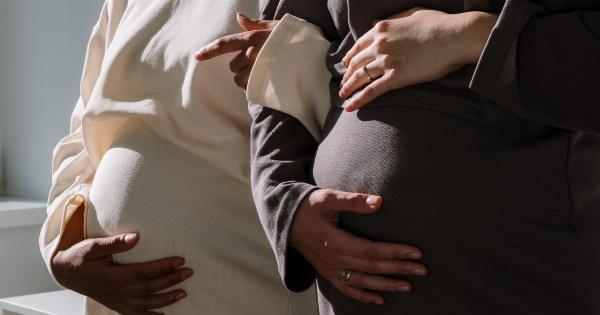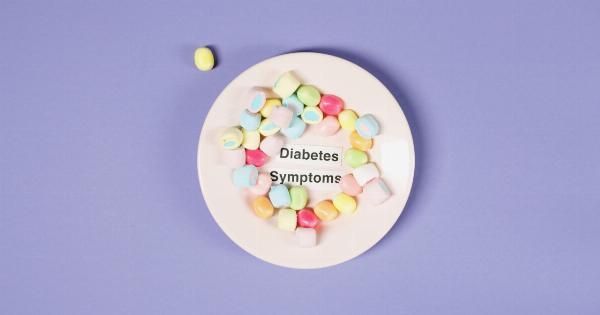Preeclampsia is a common pregnancy complication that affects around 5-8% of pregnant women. It is a serious condition that can lead to several serious complications, including preterm birth, stillbirth, and maternal and fetal death.
However, despite its prevalence, the exact cause of preeclampsia is not fully understood. Recent research has identified a genetic variant that is associated with an increased risk of developing preeclampsia. Let’s explore this new finding in more detail.
What is Preeclampsia?
Preeclampsia is a pregnancy-induced condition that is characterized by high blood pressure and damage to organs such as the kidneys and liver.
It develops after the 20th week of pregnancy and can lead to several serious complications, such as preterm birth and stillbirth. Women who have preeclampsia during pregnancy are also at an increased risk of developing cardiovascular disease later in life.
What Causes Preeclampsia?
The exact cause of preeclampsia is not fully understood. However, several factors have been identified that can increase a woman’s risk of developing preeclampsia, such as high blood pressure, kidney disease, obesity, and diabetes.
Recent research has also identified a genetic component to preeclampsia.
The Genetic Variant Associated with Preeclampsia
Recently, researchers have identified a genetic variant that is associated with an increased risk of developing preeclampsia. The variant is located on chromosome 2 and is present in approximately 4% of the population.
Women who carry this variant are at an increased risk of developing preeclampsia during pregnancy.
The variant is located in a gene called STOX1, which is involved in the development and function of the placenta. The placenta plays a crucial role in pregnancy by providing nutrients and oxygen to the developing fetus and removing waste products.
If the placenta does not function properly, it can lead to several complications, including preeclampsia.
The Role of STOX1
STOX1 is involved in the regulation of oxidative stress, which is a process that occurs when there is an imbalance between the production of reactive oxygen species (ROS) and the body’s ability to detoxify them.
ROS are produced as a byproduct of normal cellular metabolism and can be damaging to cells if they are not removed. STOX1 helps to regulate the levels of ROS in the placenta, which is important for the proper development and function of the placenta.
Research has shown that when the STOX1 gene is mutated, it can lead to an increased production of ROS in the placenta. This increased oxidative stress can lead to damage to the placenta and an increased risk of developing preeclampsia.
How to Test for the STOX1 Variant
The STOX1 variant can be detected through genetic testing. A simple blood or saliva test can be used to identify whether a woman carries the variant. However, it is important to note that not all women who carry the variant will develop preeclampsia.
It is just one of several risk factors for the condition.
Implications for Preeclampsia Treatment
The identification of the STOX1 variant could have important implications for the treatment of preeclampsia. Currently, there is no specific treatment for preeclampsia, and the only effective treatment is to deliver the baby.
However, if preeclampsia can be detected earlier in pregnancy, it may be possible to intervene and prevent complications from developing.
If a woman is found to carry the STOX1 variant, she may be monitored more closely during pregnancy and may be offered interventions such as low-dose aspirin or antioxidant supplements to reduce the risk of developing preeclampsia.
However, more research is needed to determine the effectiveness of these interventions in women who carry the STOX1 variant.
Conclusion
The identification of the STOX1 variant has provided new insights into the genetic factors that contribute to the development of preeclampsia.
Women who carry the variant are at an increased risk of developing preeclampsia, and this information could help healthcare providers to identify and monitor women who are at higher risk of developing the condition. However, more research is needed to determine the best course of action for women who carry the variant and to develop effective treatments for preeclampsia.




























